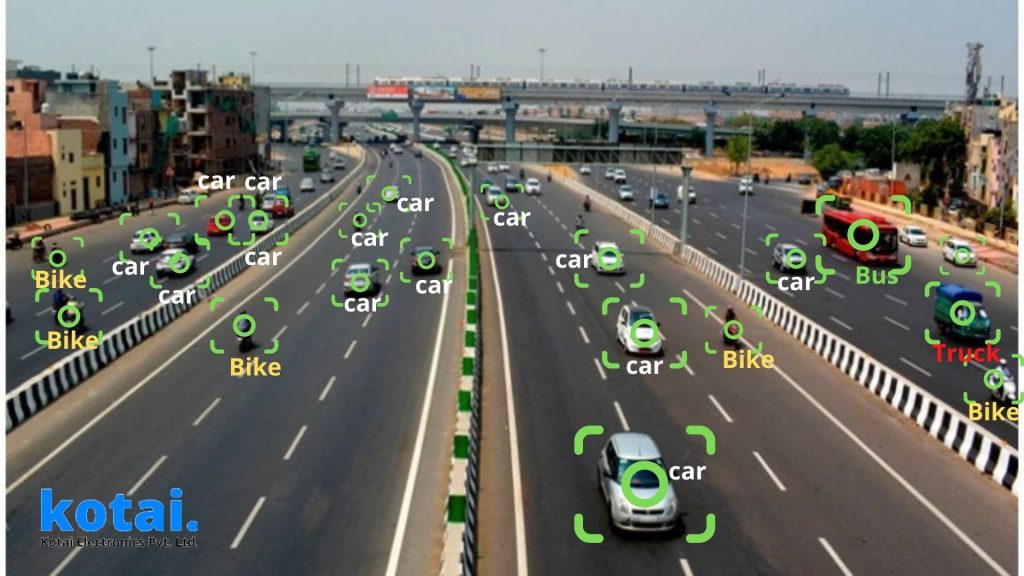


One method of gathering traffic data is a traffic volume survey, which counts and categorizes the cars that pass through a certain area during a given amount of time. The main goals are to help transportation planning and road safety measures, study traffic patterns, and assess road capacity. These surveys support decision-making by authorities in the areas of urban planning, traffic management, and infrastructure enhancements.
+Get QuoteTraffic Volume Survey Types:
Manual Count Surveys: Using checklists or tally counters, observers manually count the number of cars at a given location. This approach may involve classifying vehicles according to their kind, such as cars, trucks, and buses.
Automatic traffic counters: Pneumatic tubes, inductive loops, and infrared sensors are examples of electronic devices that automatically record traffic volume. These are frequently employed for ongoing, long-term surveillance.
Cordon counts: are used to count the number of cars coming into or going out of a specific area, usually a city or commercial center. This is typical for urban planning traffic flow studies.
Screen Line Counts: These polls track movement along a virtual line that crosses several streets. Analyzing the distribution of traffic in a given area is the aim.
Measures Gathered:
Number of vehicles (automobiles, motorbikes, lorries, etc.)
Period of the day (to determine peak hours)
Classification of vehicles (commercial trucks, passenger cars)
Travel direction
Rate of occupancy (to assess whether high-occupancy car lanes are required)
Temporal (sometimes)